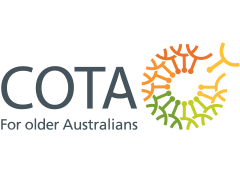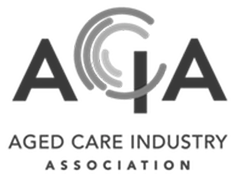The new accommodation limit in aged care — what it means for you
Big changes are coming to how much older Australians and their families may pay for aged care accommodation — and it’s important to understand what it could mean for you or your loved one.
![<p>With the new $750,000 cap, many are left wondering where they stand. [Source: kupicoo via iStock]</p>](https://agedcareguide-assets.imgix.net/news/articles/wp/kupicoo__3106.jpg?fm=pjpg&format=auto&w=550&q=65)
With the new $750,000 cap, many are left wondering where they stand. [Source: kupicoo via iStock]
On January 1, 2025, the maximum amount an aged care provider can charge for accommodation without special approval increased from $550,000 to $750,000. It’s the biggest increase in over a decade and it sparked concern from many in the country.
Why has the cap gone up?
The government says the change will help providers invest in better buildings, rooms and facilities. For some, that could mean more modern and comfortable homes in the long run.
However, for residents and their families, it’s a significant commitment. The Refundable Accommodation Deposit — often funded by selling the family home — will now be higher. With property prices not rising as fast in some areas, some families may feel extra financial pressure.
More than just room costs
The changes don’t stop at the new $750,000 limit; from November 1, 2025, providers will also be able to keep two percent of the RAD each year for up to five years — a retention fee that hasn’t existed since 2014.
Daily Accommodation Payments, which many families choose instead of paying a lump sum, will now be indexed every six months in line with the cost of living..
While there is still a $130,000 lifetime cap on what you pay for everyday living and independence services, rising accommodation costs could mean the total cost of entering aged care is higher than many families expect.
How providers should support you
For older adults and their families, understanding these changes is crucial to making informed decisions and it’s up to providers to be clear and fair.
Good providers should:
- explain fees in plain language and answer your questions patiently;
- help you compare paying a RAD lump sum versus a DAP;
- be upfront about what happens to your money if you leave or pass away;
- provide advice or recommend independent financial guidance if you need it.
Remember: you have the right to ask for clear information and to take time to make a choice that’s right for your situation.
Keeping it affordable
While the changes are designed to help the sector remain financially sustainable, families should not feel compelled to pay more than they can afford.
It’s okay to:
- shop around — compare accommodation options and fees;
- ask about any extra charges or retention fees;
- talk openly with family and trusted advisors about your financial options.
The takeaway
With the new Aged Care Act coming in from November 1, 2025, your rights as a consumer are stronger than ever — and so is the responsibility on providers to be transparent and fair.
Aged care is about more than money. It’s about feeling safe, comfortable and respected. Always ask questions, seek advice and make the choice that gives you confidence and peace of mind for the future.
If you’d like help understanding how these changes may affect you or your family, visit My Aged Care or speak to an independent aged care financial adviser.
For more information, news and industry updates, subscribe to the Talking Aged Care newsletter and let us know your thoughts about the care sector.
Related content:
Have your say: in-home aged care pricing under review
Differences between respite at home and nursing home respite










